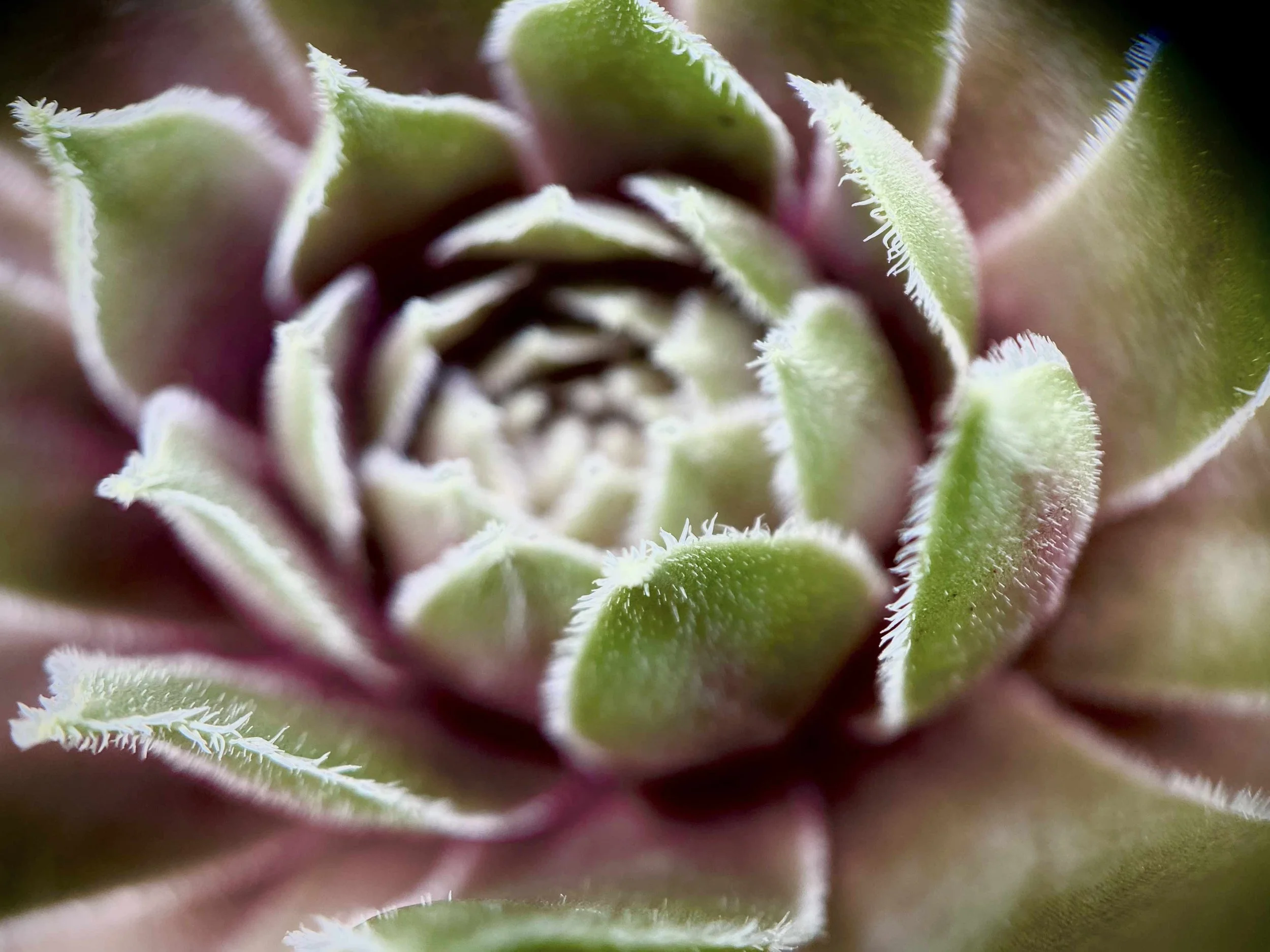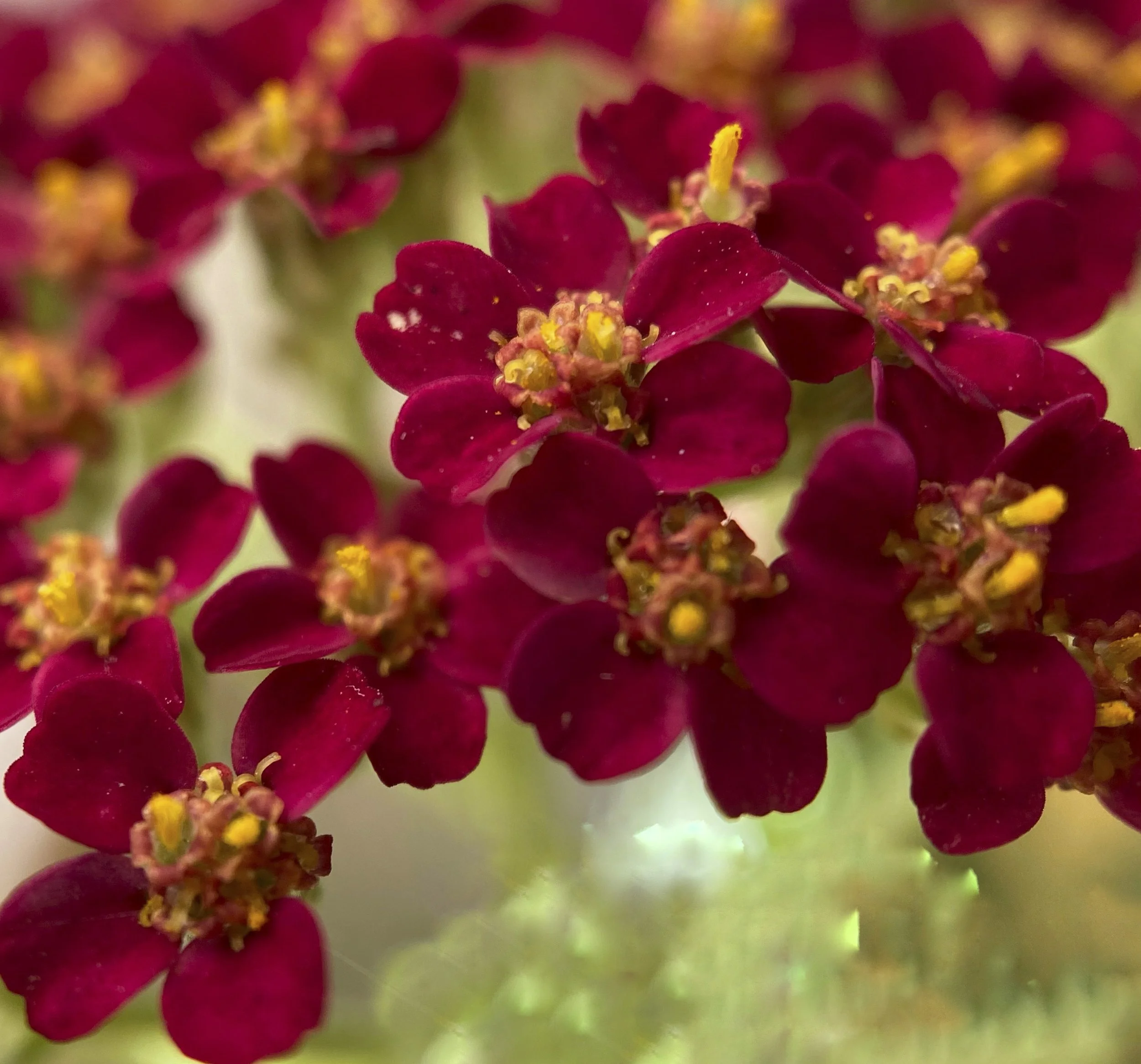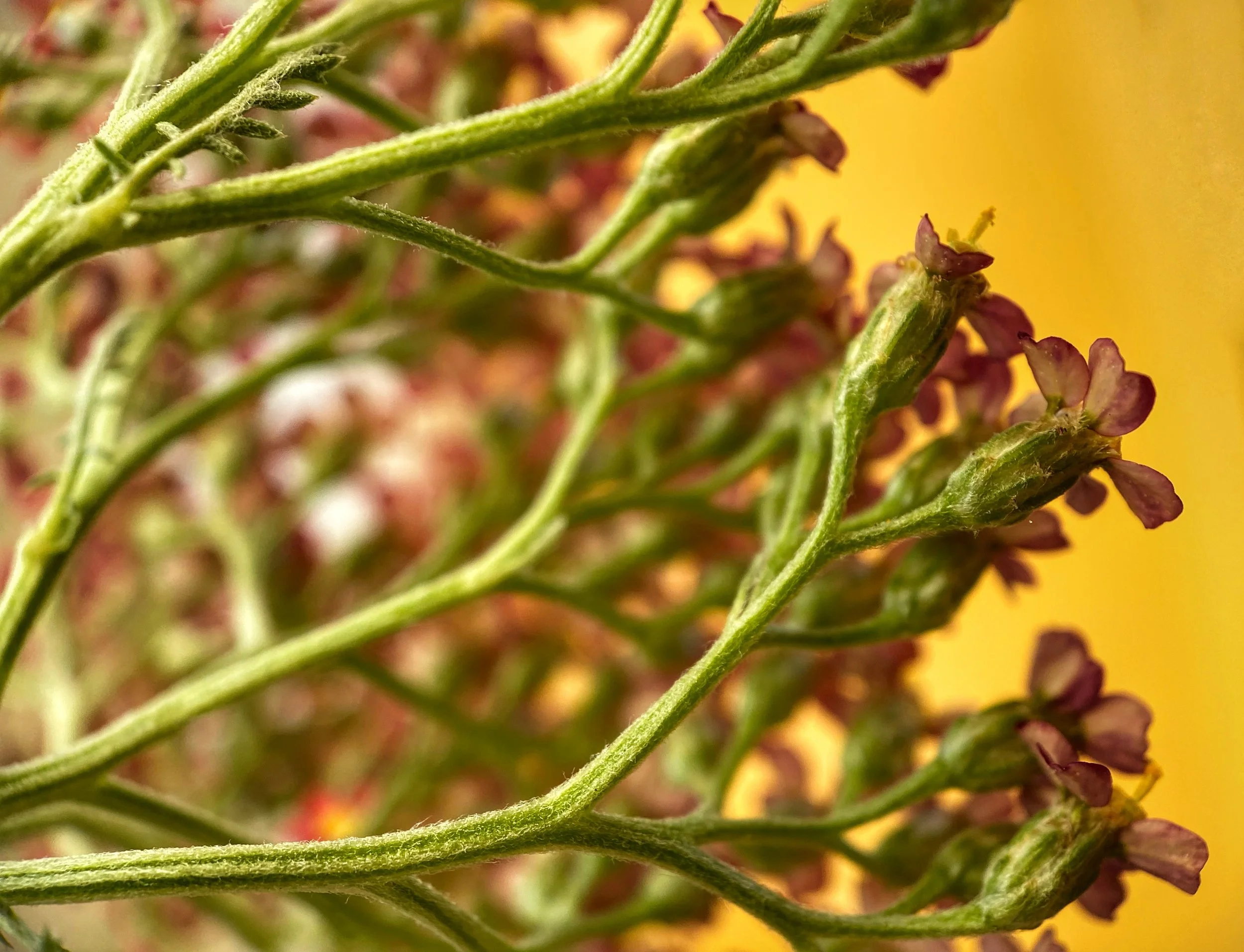THE INNER LANDSCAPES OF FLOWERS
Macro photography offers a wonderful way to capture the essence or soul of a flower. With a small magnifying lens attached to my iPhone 11 Pro, another world is revealed. On a more scientific level, it allows for a flower’s stigma and stamens to be brought into focus. Best of all, without even knowing it, you might even discover a small insect nibbling away. Just below is the Papaver somniferum or opium poppy that makes its appearance for a few days every year in my garden. But first a quote: “It is a pity that Poppies are in such haste to shed their silken petals and display their crowned seedpods.” Louis Beebe Wilder. I would disagree though when it comes to the “crowned seedpods” which hold their own and offer more than a mere spectacle.




Learning the technique of floral macro photography takes a little practice but it is certainly rewarding, bordering on becoming an obsession. These photographs from my garden this summer have offered me new visual dimensions. Like the poppies above, clematis and Japanese peonies, seen below, share a delicate, ethereal quality:




When it comes to more structured, somewhat “stiff” — but long-lasting perennials, are brightly colored cone flowers, aka echinaceas. From bud to bloom:




Succulents such as Hens and Chicks make sculptural statements. With a macro lens, I’ve come even more to appreciate their texture. It would take a magnifying glass to see their furry petals.
Hot off the press, i.e. just blooming and photographed now, are close-ups of red yarrows. (Without fully seeing the plant it would be challenging to identify!)





